Szechuan Seasoning (Xinjiang Spice)
Szechuan seasoning adds a feisty flavor to lamb kebab and other grilled meats. Make this Xinjiang spice recipe with simple pantry staples!
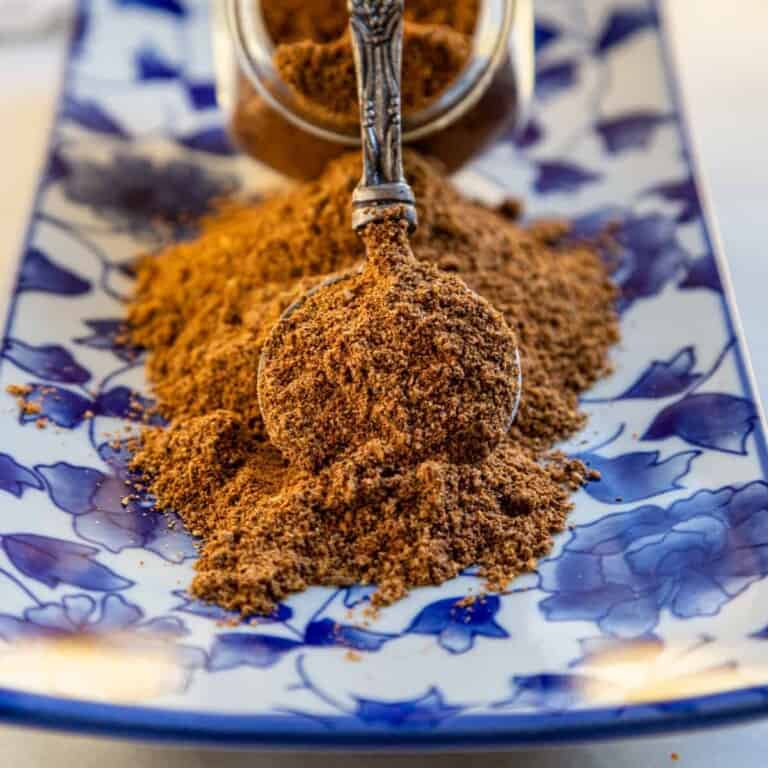
When you’re looking for a quick way to add a boost of flavor to food, seasoning blends are an easy answer. They’re perfect for use as a spice rub for meats or vegetables for grilling or smoking, or simply to sprinkle over anything that lacks flavor!
Xinjiang Szechuan Seasoning
Cuisine: Asian / Chinese
Xinjiang, an autonomous territory in northwest China, is home to many ethnic minority groups, including the Turkic Uyghurs, a predominantly Muslim population.
The ancient Silk Road trade route linking China and the Middle East passed through Xinjiang, a legacy that can be seen in the traditional open-air bazaars of its oasis cities, Hotan and Kashgar. Don’t pass the opportunity to savor on seasoned lamb kebab, served on Turkic tandoor-grilled simit bread.
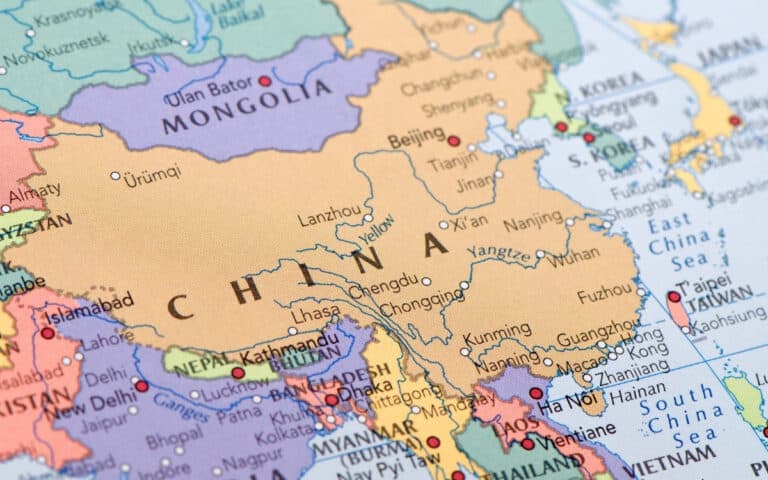
Recipe Difficulty: Easy 🥄
Description:
This Asian seasoning may not be as well known as, say, Chinese five spice, but if you like warm, earthy flavors, then it may become your new favorite seasoning recipe.
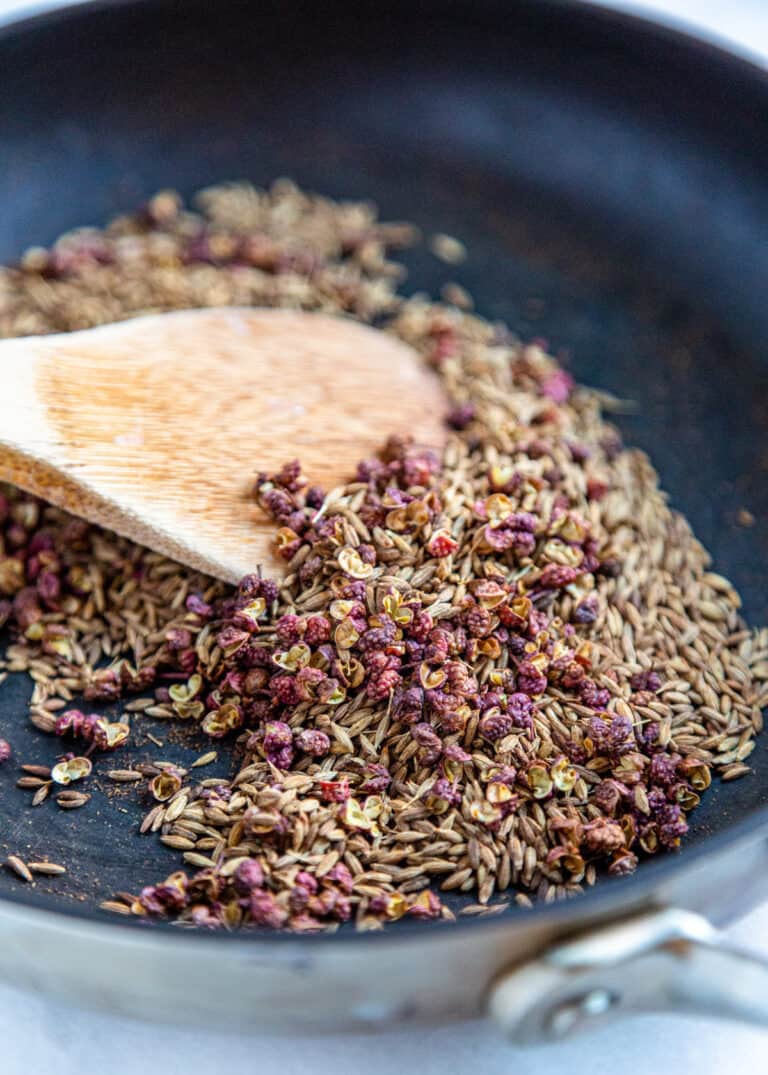
Ingredient notes and substitutions
- Szechuan peppercorns– Red Sichuan peppercorns are not hot or pungent like black peppercorns. They literally make my mouth water, always wanting more. It’s similar to the tingling sensation you may have while drinking something carbonated.
- Cumin seed– Cumin is aromatic, with a nutty, warm, earthy flavor and a slight citrus side note. The whole seeds need to be toasted in order to reach the optimum flavor. Ground cumin can be used as a substitute for whole seeds, but the flavor is muted in comparison.
- Sichuan chile flakes– Almost every Asian grocery store carries this szechuan seasoning, but if you’re unable to find them, any variety of dried and crushed red chile flake can be used.
- Other spices– The other ingredients for this Asian seasoning are basic spices that you may already have on hand. Kosher salt, ground black pepper (or whole black peppercorns), garlic powder, ginger powder, and chili powder.

Toasting and grinding whole spices
The best method of extracting flavor from whole spices is to heat them. Known as dry toasting, the spices are placed over low heat in a clean skillet, without any other ingredients. It doesn’t take much time to release the natural oils; you’ll know when this happens because you’ll smell the aroma.
After toasting, add the whole spices to a spice grinder or clean coffee bean grinder and pulse it a few times to grind everything up. It’s simple!
Other uses for Szechuan seasoning
The Uyghurs use the Xinjiang spice primarily for grilling. While it’s definitely great on grilled lamb kebab, beef, chicken, pork, and fish, other uses are limited only by your imagination!
Any recipe that calls for a mildly spicy blend of spices is the perfect opportunity to add a little of this Asian seasoning instead. A couple of ideas to consider:
- Add spiciness to condiments– Add a bit of Xinjiang spice to a packet of dry ranch powder to make a spicy ranch dressing. Or, stir some into yogurt or mayo for a delicious Sichuan chicken salad.
- Ground meat seasoning– Stir some into the mixture for hamburgers, meatloaf, or meatballs. Actually, this spice mix would be fantastic to use with my recipe for Kung Pao Asian Chicken Meatballs!
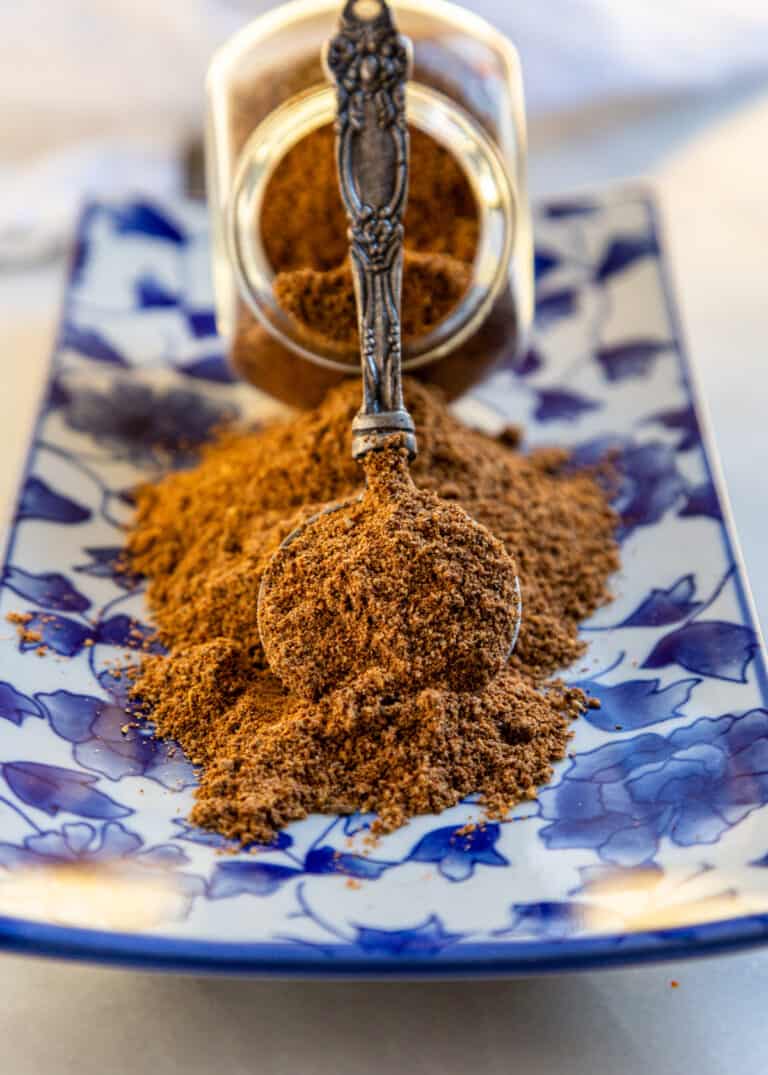

Szechuan Seasoning (Xinjiang Spice)
Ingredients
- 1/4 cup cumin seeds
- 1 tbsp red Szechuan peppercorns
- 2 tbsp dried Szechuan chile flakes (See Note 1)
- 2 tbsp black peppercorns
- 1 tbsp garlic powder
- 1 tbsp ginger powder
- 1 1/2 tsp kosher salt
- 1 1/2 tsp chili powder
Instructions
- In a small sauté pan over medium heat, toast the cumin seeds and peppercorns until lightly browned and they start to give off a fragrant aroma. Set aside to cool slightly.
- Grind cumin, red and black peppercorns, chili flakes, and salt in a clean spice grinder (See Note 2) until powder in form.
- Add ground spices to a small bowl with ginger, garlic and chili powders, and whisk to combine.
- Store in an airtight container and keep in a cool, dry location.
Notes
- If unable to get Szechuan chile flakes, substitute red pepper flakes.
- I use a coffee bean grinder.
- I was first introduced to this spice blend when we were in Beijing in 2006. It was the spice blend that was covering the delectable char grilled lamb kebabs we snacked on the second day we were there checking out the back streets around our hotel and again at the home of a woman who hosted our group. I asked her for the recipe (written down in English for me by our tour guide), unfortunately I have no idea what her name was or where she got it from either. I keep notes from my travels of any recipe I like and use as is or tweak it more to my liking. Needless to say I had no one to credit. This recipe first appeared on my other site, Kevin is Cooking back in May 2014, and was moved to this site in August 2021 that better represents the food of that culture.
Nutrition
The information shown is an estimate provided by an online nutrition calculator. It should not be considered a substitute for a professional nutritionist’s advice.


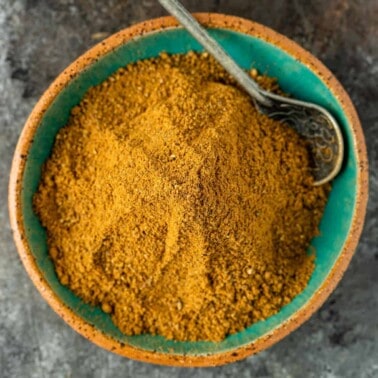
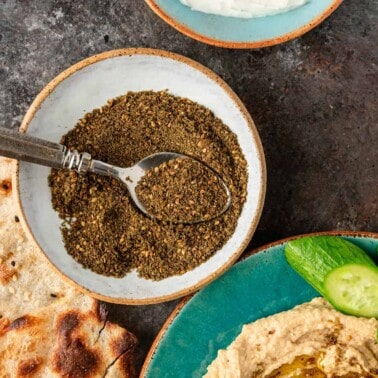
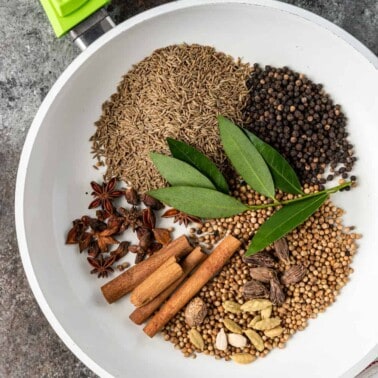
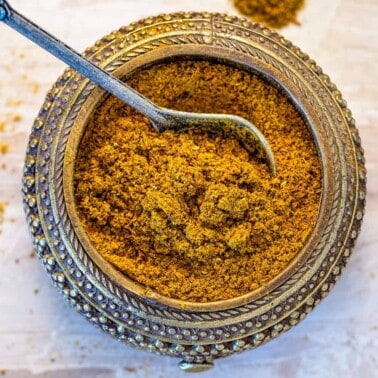








Hi Kevin good morning and Happy Memorial day. I don’t know if you in USA or overseas. But just wanted to let you know I received the email and am very happy to for the Asian and the channa masala as you may not know but in my home I cook fresh everyday , I tried to cook the best meals for my kids I am so happy I came across this seasoning mix as it is much needed in my cooking. I had bought store brand a few times but very salty , I just made that Asian sezhuan power seasoning and it is fantastic. Thank you Kevin, by the way my older son name is Kevin and the little one name Even I really thank you for helping me to make fresh home made recipes. God Bless thanks again
Yes, I am up in the Portland, Oregon area! So glad you’re enjoying the recipes Bibi and appreciate your kind words. 🙂
Hey Kevin, I noticed that your recipe is nearly identical to Shanti Christensen’s that was written 12 years prior on food.com. If that is where you got the recipe, I think she deserves to be credited.
Best Wishes,
Jason
Hey Jason. I was first introduced to this spice blend when we were in Beijing in 2006. It was the spice blend that was covering the delectable char grilled lamb kebabs we snacked on the second day we were there checking out the back streets around our hotel and again at the home of a woman who hosted our group. I asked her for the recipe (written down in English for me by our tour guide), unfortunately I have no idea what her name was or where she got it from either. I keep notes from my travels of any recipe I like and use as is or tweak it more to my liking. Needless to say I had no one to credit. This recipe first appeared on my other site, Kevin is Cooking back in May 2014, and was moved to this site in August 2021 that better represents the food of that culture. I also have no idea who Shanti Christensen is and always attribute any recipe not my own.